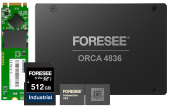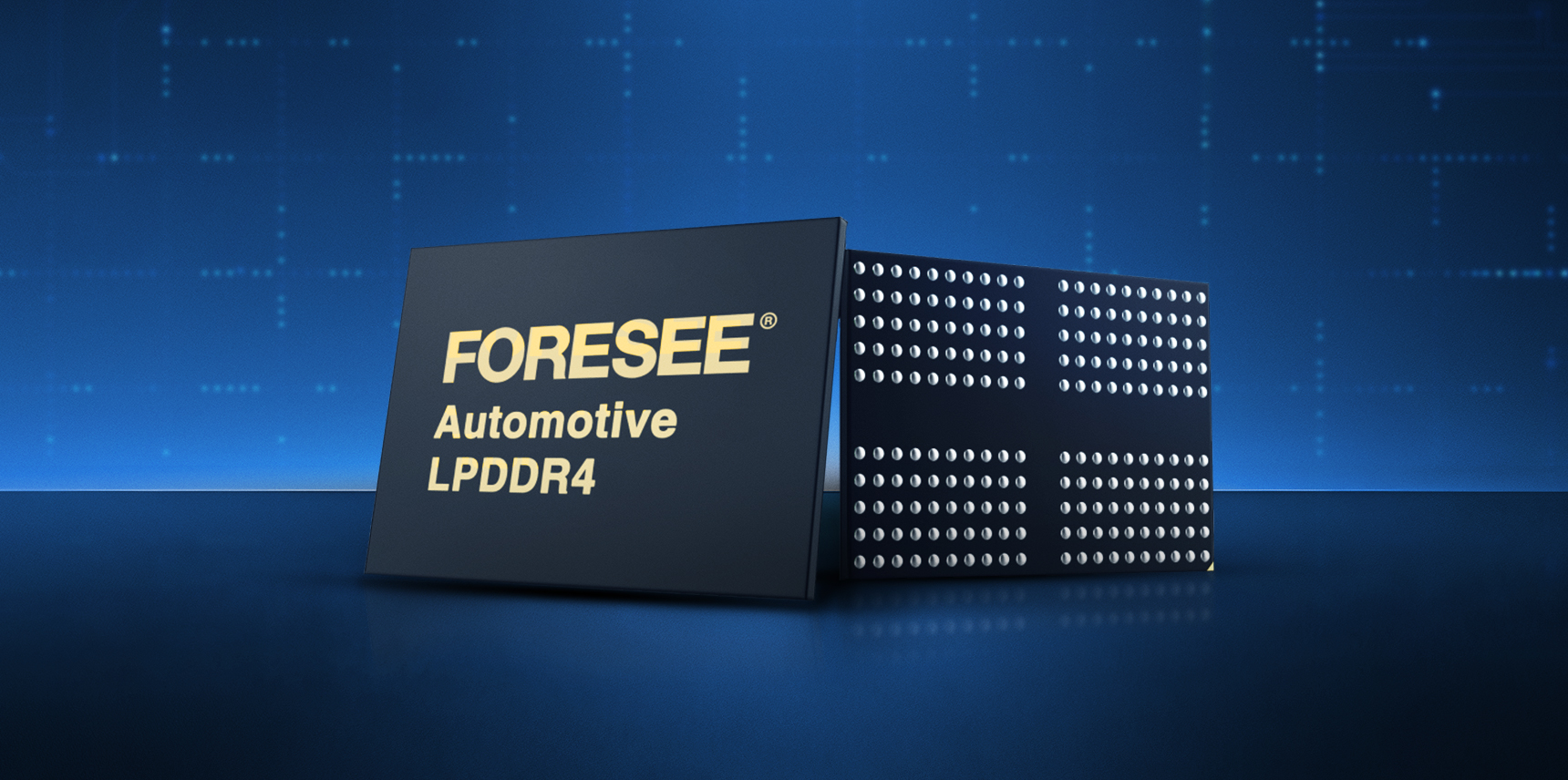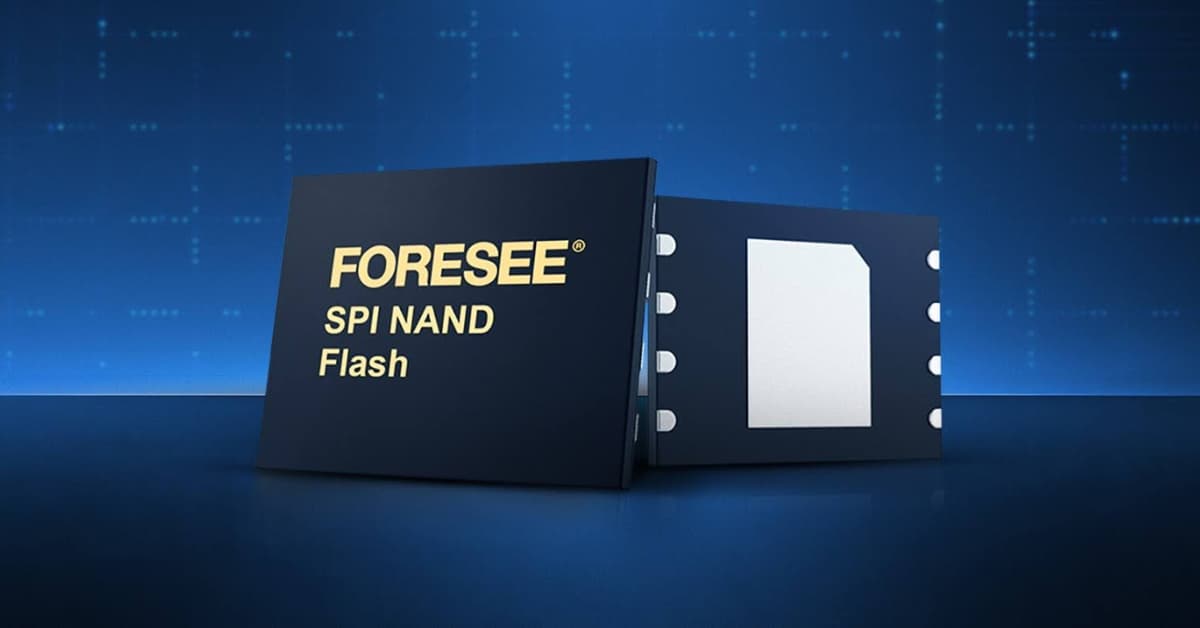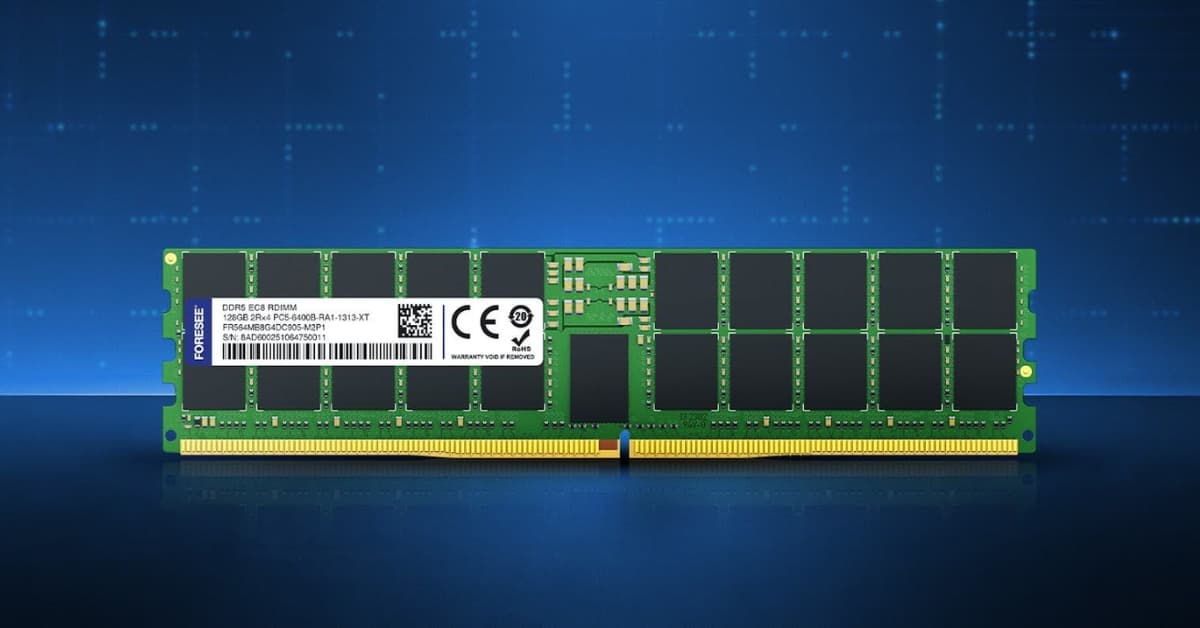Advanced Driver Assistance Systems (ADAS) play a central role in improving vehicle safety, automation, and driving efficiency throughout the automotive industry. ADAS relies on real-time data processing, making high-performance memory solutions essential for smooth operation.
This guide explores the importance of ADAS, its key components, and the memory requirements needed for optimal performance in the automotive world.
What Is ADAS?
ADAS is a collection of technologies designed to enhance vehicle safety, driver awareness, and overall road efficiency. ADAS uses sensors, cameras, radar, and AI-powered software to assist drivers with navigation, collision prevention, and automated decision-making.
Key Functions of ADAS:
- Collision Avoidance – Detects potential crashes and applies automatic braking.
- Lane Departure Warning – Alerts drivers if they unintentionally drift out of their lane.
- Adaptive Cruise Control – Adjusts speed based on surrounding traffic.
- Parking Assistance – Uses sensors and cameras for automated parking.
- Traffic Sign Recognition – Identifies and alerts drivers about road signs.
As vehicles become increasingly autonomous, ADAS serves as the foundation for self-driving technology.
How ADAS Works: Data Collection and Processing
ADAS collects real-time data from multiple sources and processes it instantly to assist drivers.
Main Data Collection Components in ADAS:
- Cameras: Capture real-time video for lane detection, pedestrian tracking, and obstacle recognition.
- Radar & Lidar: Detect surrounding objects and accurately measure distances.
- Ultrasonic Sensors: Assist in parking and proximity detection.
- GPS & Mapping Systems: Provide location data for navigation and route optimization.
The Role of Memory in ADAS Processing
For ADAS to function seamlessly, it requires high-speed, reliable memory to store and process vast amounts of data in milliseconds. Reliable, high-speed memory ensures real-time decision-making, which is critical for safety.
Memory Requirements for ADAS Systems
Modern ADAS technology requires powerful memory solutions to support real-time processing, fast data access, and storage reliability.
1. Low-Latency DRAM for High-Speed Processing
ADAS applications process massive amounts of data within milliseconds. To achieve this, vehicles rely on high-performance DRAM that offers:
- Ultra-fast read/write speeds for immediate data access.
- Low latency to ensure quick decision-making in critical driving situations.
- Reliability in extreme conditions, such as heat and vibration.
2. NAND Flash Storage for Long-Term Data Retention
ADAS also needs non-volatile storage solutions to save essential system data, maps, and sensor logs. With NAND flash memory, an ADAS gets:
- High endurance for continuous data logging.
- Power efficiency, ensuring minimal drain on the vehicle’s electrical system.
- Temperature resilience to function in hot and cold environments.
3. Embedded Memory for Real-Time AI Processing
AI-driven ADAS systems require embedded memory solutions, such as:
- LPDDR (Low Power DDR) Memory – Efficient memory for AI-driven applications.
- eMMC & UFS Flash Storage – Used for data logging and firmware updates.
- SSD Solutions – Enables real-time storage and retrieval of sensor data.
These memory types ensure that ADAS-equipped vehicles can analyze real-time driving conditions, optimize navigation, and enhance safety.
Challenges in ADAS Memory Performance
ADAS requires robust, high-performance memory solutions that can withstand various automotive challenges.
1. Data Throughput and Speed
ADAS generates terabytes of data daily, requiring memory solutions that support high data transfer speeds to process inputs instantly.
2. Power Efficiency
Since ADAS operates continuously, memory must be power-efficient to reduce battery consumption in electric and hybrid vehicles.
3. Temperature and Environmental Durability
Memory in ADAS must endure extreme temperatures, humidity, and vibrations without performance degradation.
4. Data Integrity and Reliability
Memory solutions must have error correction mechanisms (ECC) and wear leveling to ensure long-term reliability and fault-free operation.
How Lexar Memory Solutions Support ADAS
Lexar offers automotive-grade memory solutions tailored for ADAS and autonomous driving applications.
- High-Speed DRAM – Optimized for real-time ADAS processing.
- NAND Flash Storage – Provides long-term durability and data retention.
- Embedded Memory – Ensures AI-driven ADAS functions operate seamlessly.
With rugged, high-performance memory solutions, Lexar Enterprise helps automotive manufacturers meet the evolving demands of modern vehicle technology.
The Future of ADAS and Automotive Memory
As vehicles progress toward full autonomy, ADAS will continue to evolve, requiring even faster, more reliable memory. Future developments in ADAS memory include:
- Next-Gen LPDDR5 Memory – Higher bandwidth and efficiency for AI-driven driving.
- More Durable NAND Flash Solutions – Advanced error correction for long-lasting performance.
- AI-Powered Data Processing – Smarter algorithms for enhanced object detection and decision-making.
Automotive manufacturers must integrate cutting-edge memory solutions to ensure ADAS functions remain fast, efficient, and reliable in next-generation vehicles.
The Role of AI and Machine Learning in ADAS Memory Usage
Modern ADAS is increasingly powered by artificial intelligence (AI) and machine learning (ML) to improve object detection, decision-making, and adaptive driving. These AI-driven systems require memory solutions with high-speed access and processing power.
How AI Impacts ADAS Memory Requirements:
- Neural Network Processing – ADAS uses AI to recognize objects, pedestrians, and road signs, requiring high-speed DRAM.
- Real-Time Data Analysis – AI constantly refines its algorithms based on sensor input, demanding low-latency memory solutions.
- Edge Computing for Faster Processing – ADAS systems increasingly process data on-device, reducing reliance on cloud computing and necessitating high-performance NAND storage.
AI-enhanced ADAS systems require more memory bandwidth and power efficiency to enable autonomous decision-making and predictive analytics.
Automotive Memory Standards and Regulations for ADAS
ADAS must meet strict automotive industry standards to ensure safety, reliability, and compliance with regulatory frameworks.
Key Memory Standards for ADAS:
✔ AEC-Q100 Compliance – Ensures memory chips meet automotive-grade quality and reliability standards.
✔ ISO 26262 Functional Safety – Memory solutions must be error-resistant and fault-tolerant for critical ADAS applications.
✔ ASIL (Automotive Safety Integrity Level) Certification – Determines the safety level required for ADAS components based on risk factors.
Memory providers like Lexar Enterprise develop automotive-grade memory solutions that comply with these safety and performance benchmarks to ensure ADAS reliability in all driving conditions.
Edge Computing vs. Cloud Computing in ADAS: Memory Considerations
ADAS uses edge and cloud computing for real-time decision-making and long-term data processing, impacting memory requirements.
Edge Computing in ADAS:
- ✔ Data is processed locally within the vehicle, reducing latency.
- High-speed DRAM and flash memory perform instant calculations.
- Faster reaction times for collision detection and lane-keeping assistance.
Cloud Computing in ADAS:
- Stores historical driving data and system updates.
- Uses NAND flash and SSD storage solutions for remote access and updates.
- Requires stable network connectivity, making local memory solutions essential for backup processing.
Vehicles with advanced ADAS features rely on a hybrid approach. They require robust onboard memory while maintaining cloud connectivity for long-term learning and data retention.
The Future of Autonomous Vehicles and ADAS Memory Needs
The evolution of ADAS is paving the way for fully autonomous vehicles, significantly increasing memory performance demands.
- L5 Autonomous Driving – AI-powered real-time computing requires higher DRAM bandwidth and storage capacity.
- Enhanced Sensor Fusion – Integrates lidar, radar, cameras, and GPS data, demanding low-latency memory solutions.
- More Efficient Power Management – Next-gen ADAS memory will be ultra-low power to extend battery life in electric vehicles.
Lexar Enterprise continues to advance memory technology to meet the growing performance, reliability, and efficiency requirements of future ADAS and self-driving vehicle innovations.
Lexar Enterprise: Powering the Future of ADAS with High-Performance Memory
ADAS is revolutionizing vehicle safety; high-performance memory is essential for its success. From real-time data processing to long-term storage, ADAS relies on speed, reliability, and efficiency—all of which Lexar Enterprise memory solutions deliver.
For automotive manufacturers looking for top-tier memory solutions to support ADAS applications, Lexar Enterprise provides high-speed, durable, and power-efficient memory options designed for next-generation vehicles.
Explore Lexar Enterprise memory solutions that are driving the future of intelligent automotive technology.




